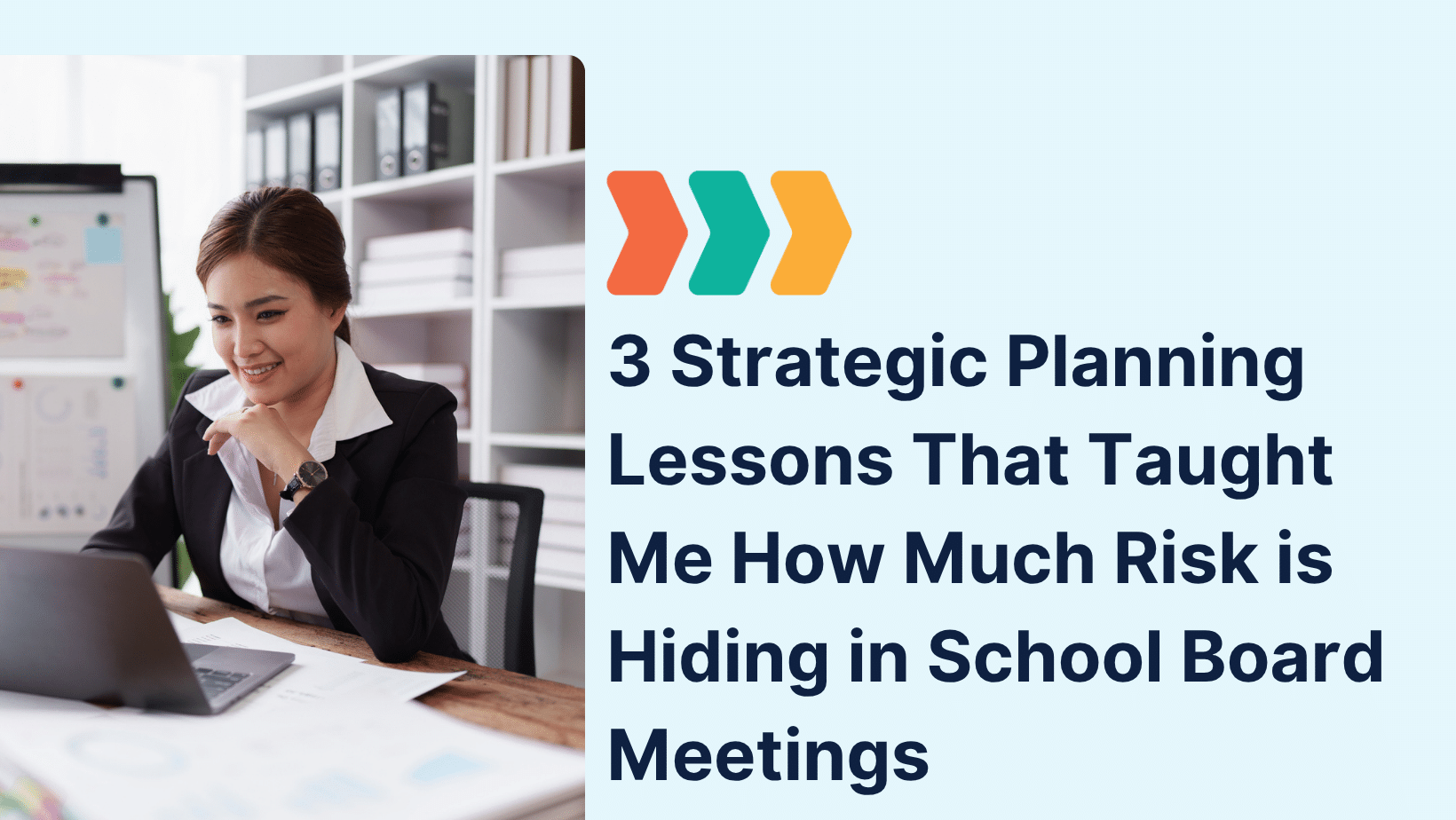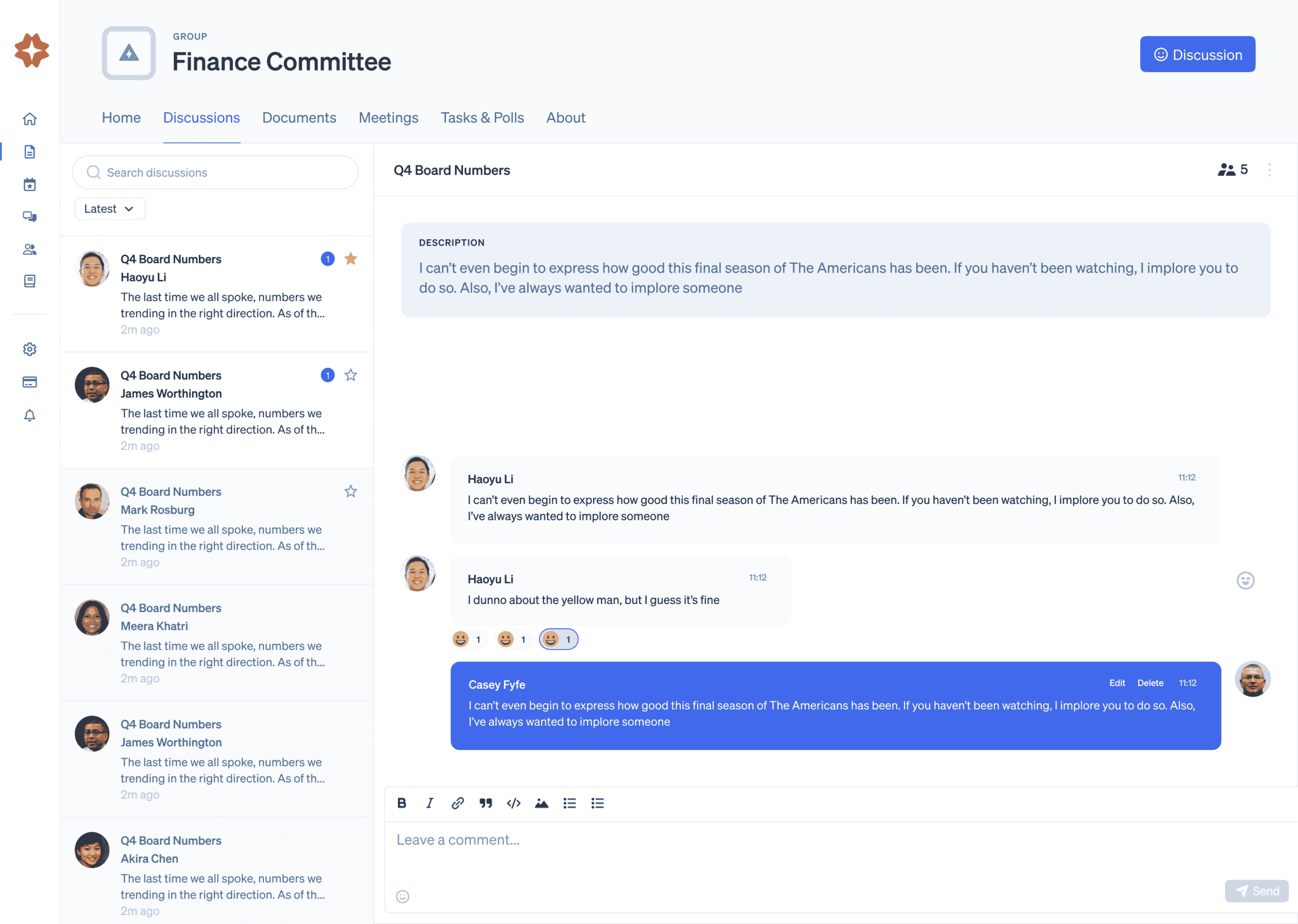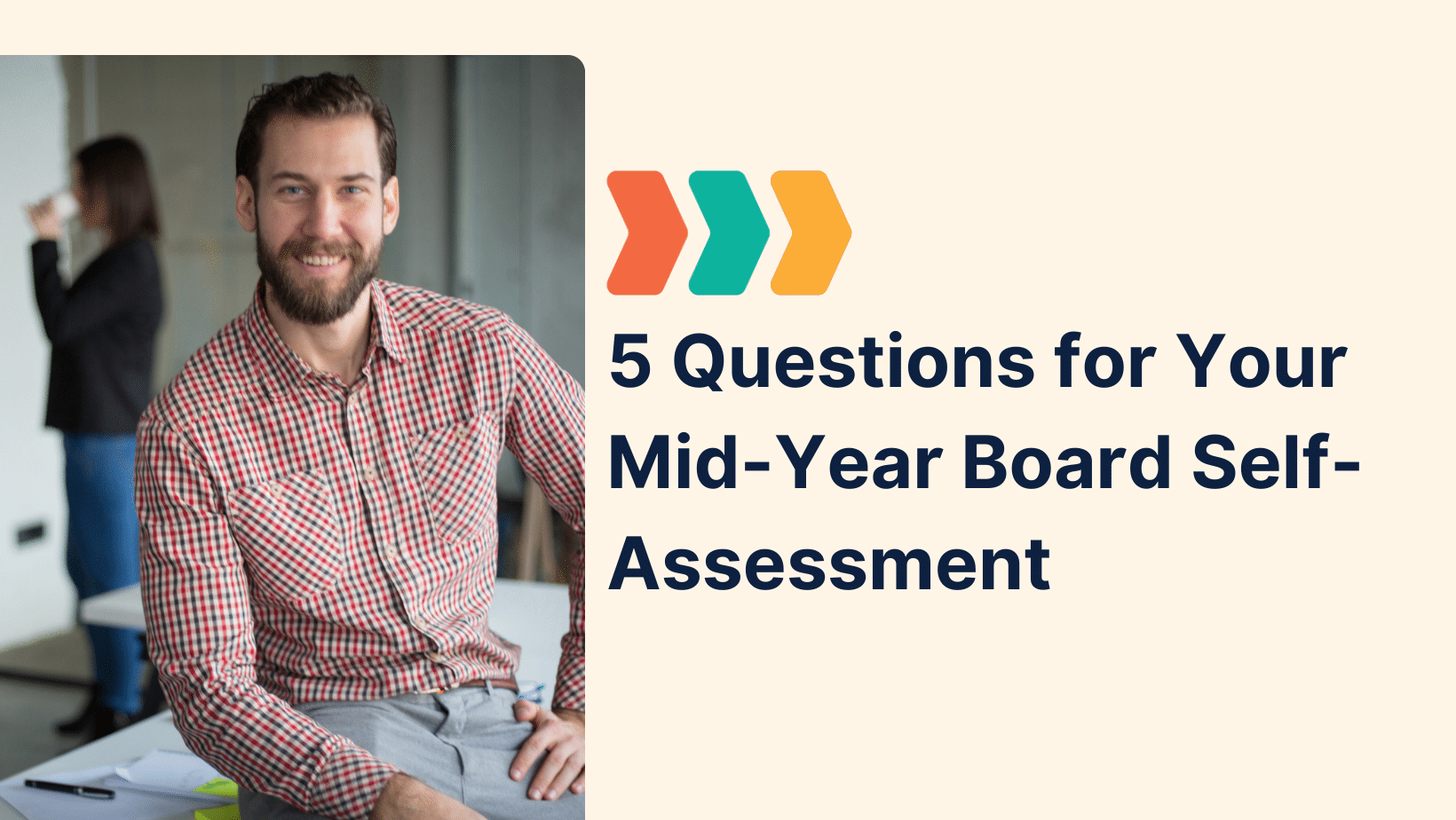When I served on a school board, I had the opportunity to take part in a strategic planning process. I expected the usual fare in school board meetings: a few goal-setting discussions, maybe a visioning exercise. What I didn’t expect was to walk away deeply concerned about the kinds of risk that can quietly accumulate, especially in school board meetings where scattered systems, undocumented decisions, and invisible transitions often go unnoticed.
That experience taught me more than I anticipated, not just about strategy, but about the vulnerabilities that surface when governance isn’t supported by the right infrastructure.
Let me explain.
Lesson One: Disorganization in School Board Meetings Isn’t Just Frustrating—It’s Risky
In one session, we paused to reference a decision from the previous year. Silence followed. Someone hunted through PDFs. Someone else recalled an email thread. Eventually, we located the information, but not without spending 20 minutes, involving 20 minutes, involving three people, and experiencing far too much uncertainty.
Now imagine that happening during a public records request. Or a media inquiry. Or in the middle of a superintendent transition.
That’s when it hit me: when information from school board meetings is scattered, so is accountability. And in education—where public trust is essential—that’s a risk you simply can’t afford.
Lesson Two: Turnover Threatens the Continuity of School Board Meetings
One of the most revealing moments came when a new board member whispered, “I feel like I’m catching up on a conversation that’s been going on for years.”
He wasn’t wrong.
Despite our best efforts—shared drives, printed binders, recap emails—there is no consistent, centralized way to bring someone up to speed on previous board meetings. Without a reliable system to record motions, votes, discussions, and action items, every board member departure became a silent loss of institutional memory.
That’s more than inefficient. It’s a governance gap.
When you can’t track how decisions evolved, it’s harder to defend them, improve on them, or even explain them. And that puts your board’s leadership, and reputation, at risk.
Lesson Three: Better Tools Make School Board Meetings Safer
At one point during planning, I volunteered to organize the agenda using Boardable. What happened next was eye-opening.
“Wait, this shows who uploaded the board packet?”
“Can I really add notes next to agenda items?”
“This is the first time I’ve seen everything in one place.”
That simple change didn’t just improve convenience, it elevated confidence. Our school board meetings shifted from logistical chaos to strategic clarity.
When your platform captures everything—minutes, discussions, motions, votes, files—you’re not just streamlining your meetings. You’re creating a secure audit trail. You’re protecting the board’s process. You’re managing risk in a way that actually empowers leadership.
Transparency Isn’t Optional—It’s Expected
In today’s environment, school boards not only need to govern effectively, but they also need to be perceived as governing effectively. That’s why features like a public meeting page and livestreaming have become essentials, not extras.
A dedicated public meeting page helps districts centralize agendas, minutes, and board packets in a way that’s easily accessible to the public. No more digging through district websites or hoping someone shares the right link.
Livestreaming takes that transparency a step further—bringing community members directly into the room, even if they can’t attend in person. It fosters trust, reduces misinformation, and ensures stakeholders feel informed and involved.
These tools don’t just make meetings more accessible; they show your community that accountability matters.
From Chaos to Clarity: What Makes a School Board Meeting Effective
School board meetings are often where the most important decisions are made, but not always where the best decisions happen. The difference lies in structure, preparation, and follow-through.
When meetings lack a clear agenda or drift off-track, it becomes difficult for board members to focus on the issues that matter most. Worst, it dilutes the board’s credibility in the eyes of the public.
So what makes a school board meeting truly effective? Three things stand out:
- Clarity of Purpose: Why are we meeting, and what decisions must we make?
- Consistency in Format: Does every meeting follow a structure that supports focus?
- Continuity of Information: Are previous discussions and decisions easily accessible?
If your board is struggling with these, it may be time to evaluate your approach, not just to individual meetings, but to how your board governs as a whole.
Start With Structure: Use a School Board Meeting Agenda Template
One of the most overlooked tools for running effective school board meetings is a standardized agenda template.
A solid school board meeting agenda template does more than organize talking points, it aligns your board around purpose. It prioritizes time, defines discussion goals, and ensures that every item ties back to the board’s mission and strategic priorities.
Key elements often include:
- Call to order and roll call
- Approval of previous meeting minutes
- Public comment period
- Reports (finance, superintendent, committees)
- Action itmes
- Executive session (if applicable)
- Adjournment
Using a consistent template builds a rhythm that board members and stakeholders can rely on and makes it easier to focus on decision-making rather than logistics.
Don’t Let Good Decisions Disappear: Document with a Minutes Template
Your board can have the best intentions, the liveliest debates, and the soundest decisions, but if no one captures it clearly, it’s like it never happened.
That’s where a school board meeting minutes template comes in.
Documenting motions, votes, discussion highlights, and next steps ensures that every meeting has a traceable outcome. Not only does this support public transparency, but it also protects the board if decisions are ever challenged.
Look for a minutes template that includes:
- Meeting date, time, and location
- Attendance
- Summary of each agenda item and any actions taken
- Exact wording of motions and vote outcomes
- Time of adjournment
Over time, well-kept minutes become your board’s institutional memory and a robust defense against risk.
Use School Board Meeting Software to Streamline and Safeguard
If you’re still managing board business through email threads, shared drives, and PDF attachments, it’s time for a change.
School board meeting software provides an all-in-one solution for agenda creation, document storage, minutes recording, and even voting. But more than a productivity tool, it’s a governance safety net.
The right platform will help you:
- Track who accessed and contributed to each document
- Centralize meeting history and decisions
- Simplify onboarding for new board members
- Ensure compliance with public meeting laws
Modern school board meetings require modern tools. Investing in secure, centralized software doesn’t just make things easier; it shows your community that you take governance seriously.
How Effective Are Your School Board Meetings? Ask.
It’s easy to assume things are going fine until a public challenge or internal misstep proves otherwise.
Conducting a school board meeting effectiveness survey can reveal blind spots and provide a roadmap for improvement. Are members prepared in advance? Do discussions stay on track? Is the agenda followed? Does the public feel heard?
A well-designed survey gathers input from board members, administrators, and even the public to measure:
- Meeting clarity and focus
- Board member engagement
- Transparency and public accessibility
- Timeliness and efficiency
This feedback doesn’t just help you improve, it shows you care about being better.
Why This Matters for School Boards Today
Many school boards are currently navigating complex transitions—whether it’s platform sunsets, leadership changes, or mounting public scrutiny. And in those school board meetings, there’s a window of opportunity: not just to upgrade a tool, but to build resilience.
This is the time to invest in systems that not only make meetings easier but also make the board safer.
The Stakes of School Board Meetings Are Higher Than Ever
The more time I spend in and around school board meetings, the more I see how high-stakes these discussions truly are. These boards aren’t just setting policies—they’re shaping communities, defining values, and directing futures.
Yet too often, they’re expected to do that work with outdated tools that don’t support the level of complexity or transparency required.
If we want school boards to be effective and respected, we have to equip them with tools that don’t just help them work, but protect how that work is recorded, remembered, and shared.
Risk Isn’t Always Loud But It’s Always There
Strategic planning didn’t just sharpen our goals, it revealed hidden risks. Not the kind that show up in headlines, but the ones that quietly creep into school board meetings through undocumented motions, missing files, and unclear transitions.
You may not notice it until something breaks. And by then, it’s too late.
So here’s my advice: Don’t wait for a crisis to modernize how your board operates. Prioritize systems that safeguard your school board meetings now. Your credibility and your community’s trust depend on it.




